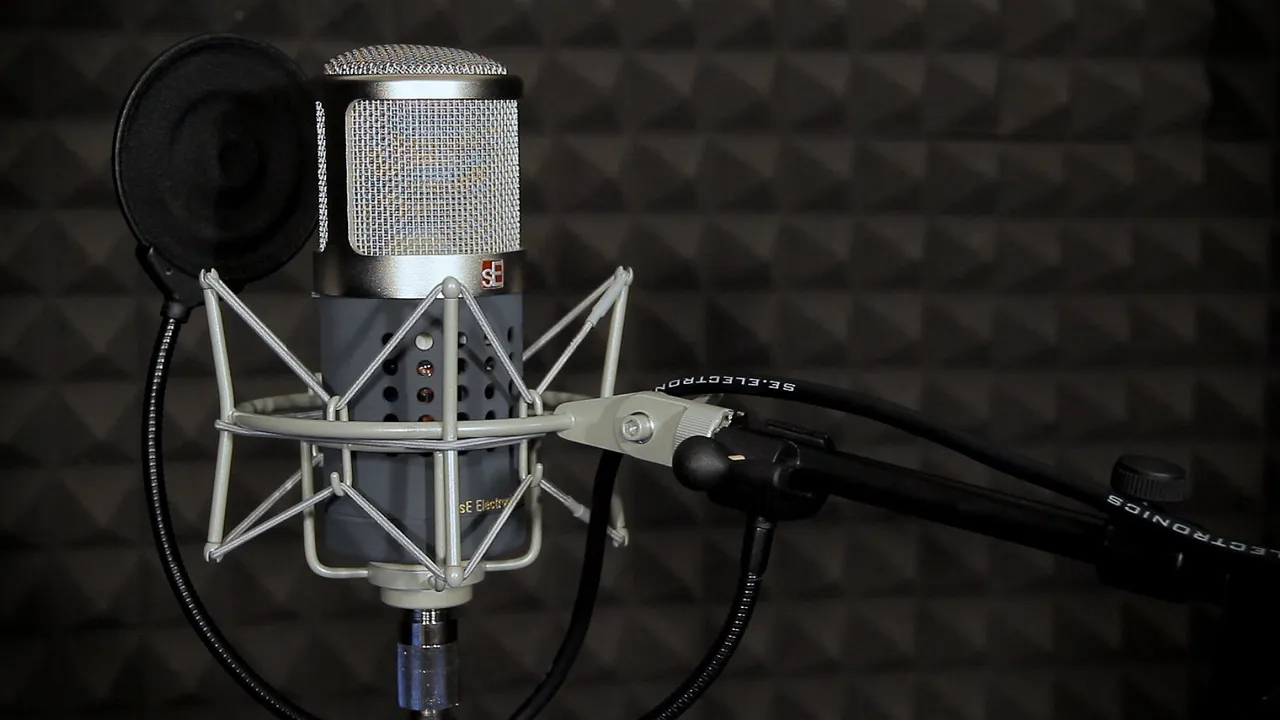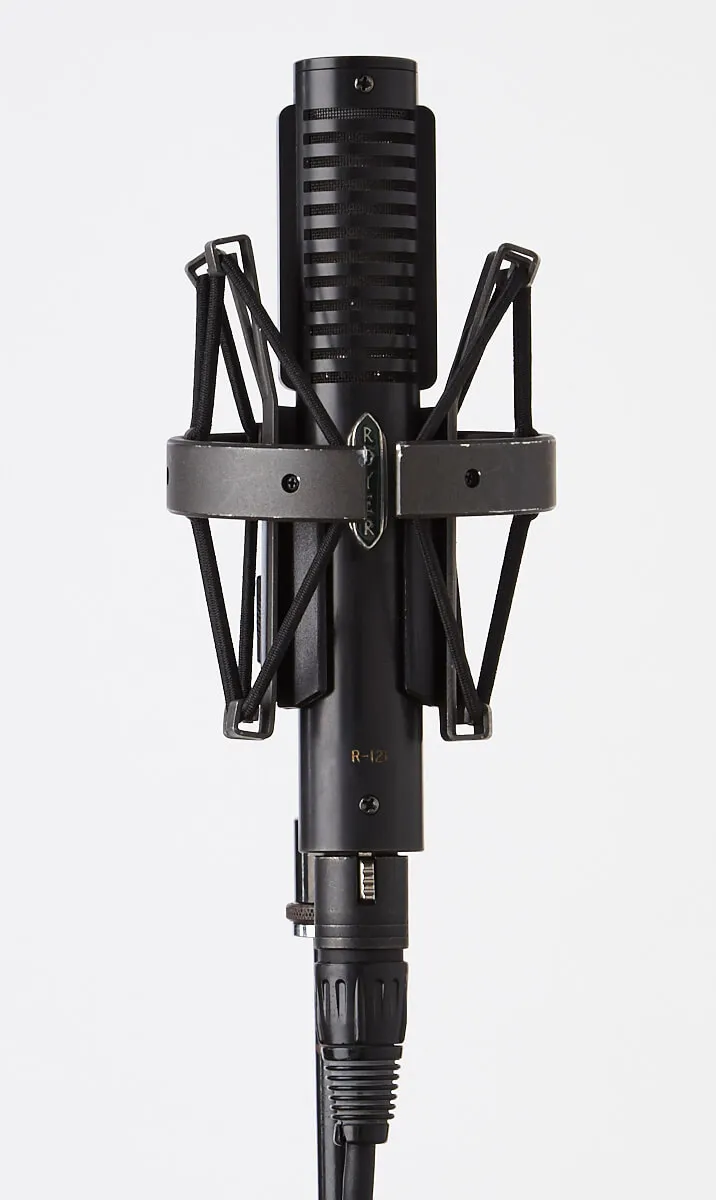Hey, Steemians! Today's topic is Microphones. Mainly mics can be categorised into 3 categories.
- Dynamic Microphones:
These microphones work on Faraday's Law of Electromagnetic Induction. The diaphragm is placed inside a coil. So when the diaphragm moves inside the coil due to air pressure exerted on it, electric current is generated which flows through the cable and further to the preamp and other devices. These mics are robust and are mostly used for live concerts.

Shure SM 58 is one of the most widely used dynamic microphones.
- Condenser Microphones:
These mics have a capacitor inside them. The diaphragm is the uncharged plate of the capacitor and the other plate is electrically charged by supplying phantom power to it. Movement of the diaphragm causes an electrical signal to flow through the cable due to the difference created in the distance between the two capacitor plates. These microphones are sensitive and mostly are used in the studio for recording.

The SE Electronics Gemini 2 is a good example of a condenser mic.
- Ribbon Microphones:
The operating principle of these mics is similar to that of dynamic mics. The difference is that instead of a comparatively robust diaphragm of dynamic mics, the ribbon mics have a very thin and sensitive ribbon as the diaphragm. These microphones are really sensitive and hence must be handled with care. It is considered that these microphones exhibit similar characteristics of capturing audio as that of the human ear.

Royer R11 is a really good ribbon microphone.
To get a clear idea of how these microphones work, I suggest you check the youtube videos on working principles of these mics.
That's a small piece of information about microphones from my side. I'm gonna continue about mics in my next blog as well since this is a vast topic and I like discussing it too.
So, comment your views, share your knowledge and upvote if you like it. Also, check my other blogs too.
Thank You.